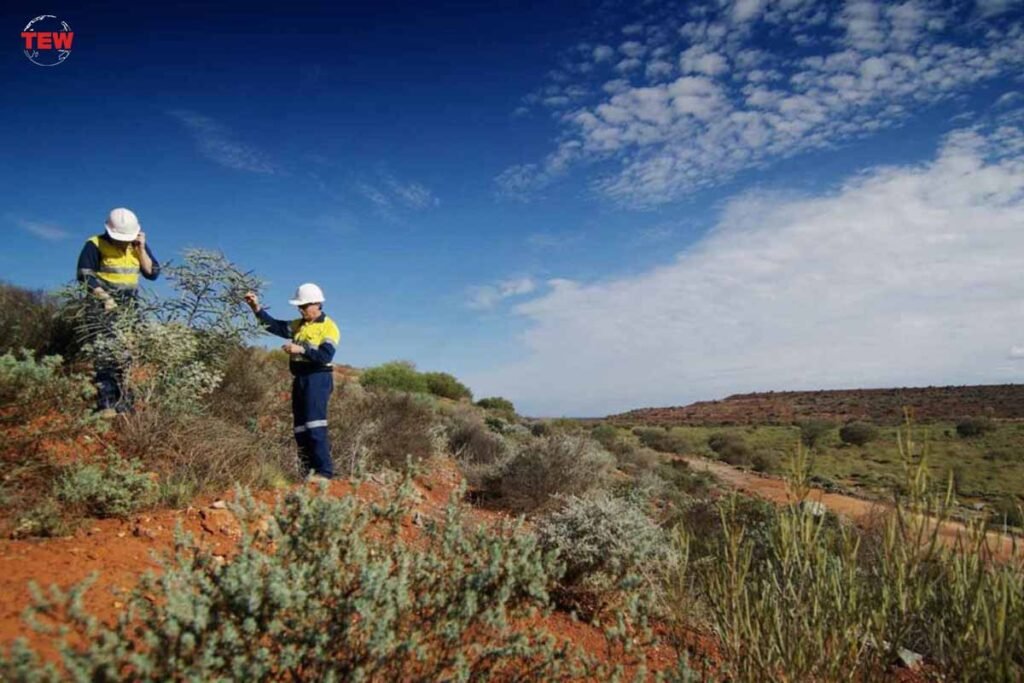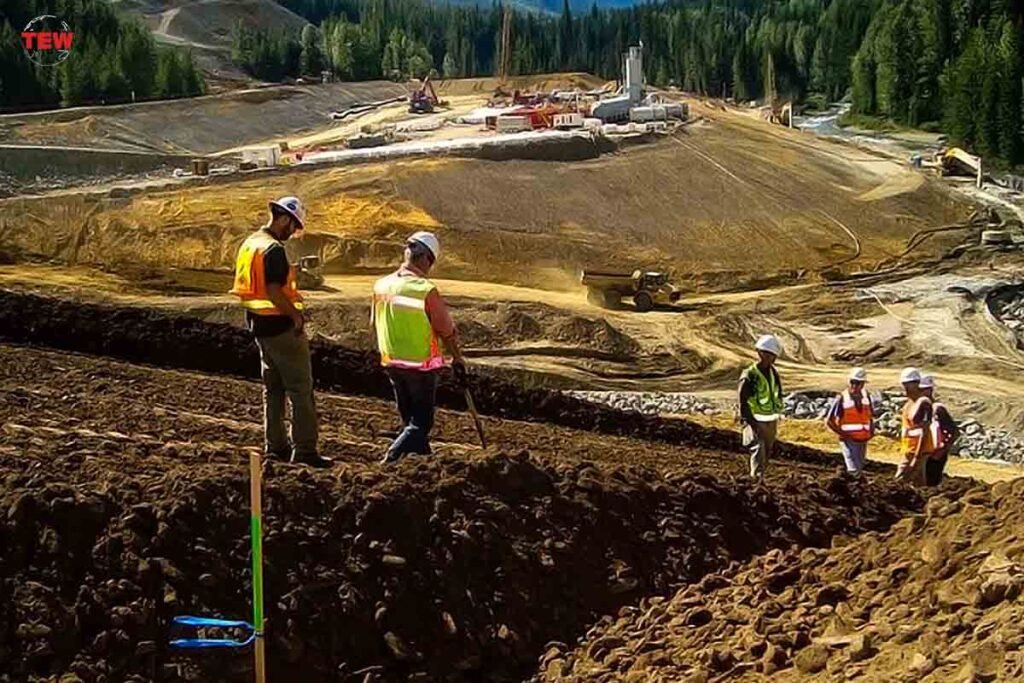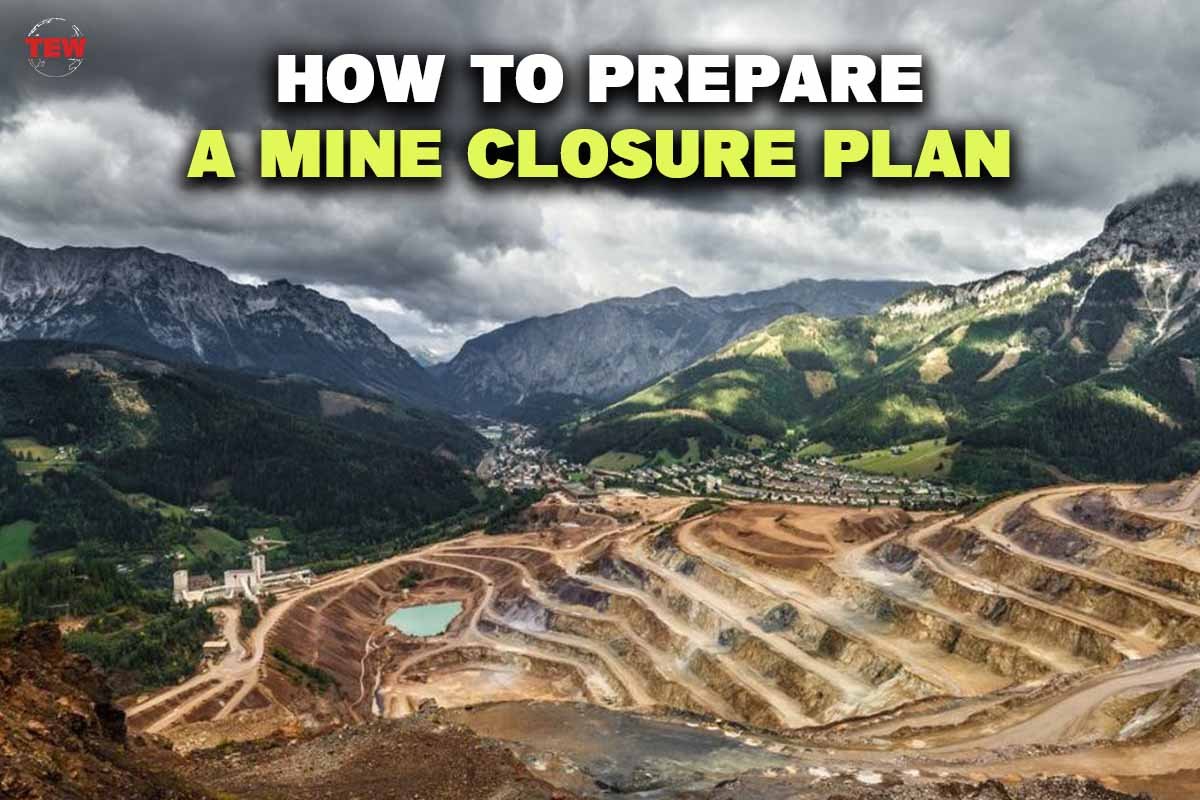Preparing a mine closure plan for a new or existing mine follows responsible and sustainable guidelines according to the Towards Sustainable Mining® (TSM®) framework. The mine closure plan is created even before production even begins.
The plan considers the mine’s economic, social, and environmental impact, even after its complete or temporary closure with the potential reopening. Guidelines have been established internationally.
3 Best Guidelines How To Prepare A Mine Closure Plan? ;
1. Broad Objectives of Mine Closure Plan

Successful mine closure is a win-win for the host community and the mining company. It is cost-effective for the mining company that can leave a community that is safe, healthy, productive, and sustainable. Though its existence caused an environmental impact, steps are taken to lessen the effects so a viable ecosystem can thrive.
2. Consultation, Reclamation, And Monitoring Considerations
Proper mine closure is a safe and orderly closure of an operating mine that can benefit the community and the mining company when planned, implemented, and monitored correctly and transparently.
It usually takes two years to implement closure – depending on how large the mine is and its stage of operation. Mining companies usually engage experts in tailings management systems for a safe and responsible land turnover.
From the time TSF was conceptualized, the mining industry has grown. Currently, plans have expanded to include climate change, disaster risk management in the face of fires and droughts and the formal creation of wastewater treatment facilities.

Planning and closure have become more complex with multidisciplinary technical teams, wildlife experts, and quality assurance teams onboard.
New provisions in the closure plan will also address climate change and extreme events such as fire and drought and maintain and operate closure facilities like mine water treatment facilities.
3. To create the Mine Closure Plan successfully, the mining company and the host community should reach a consensus on the following considerations:
- Establish the legal framework that requires the Mine Closure Plan.
- Identify the objectives of the closure and integrate the Mine Closure Plan into the life cycle of the mine.
- Ensure that the Mine Closure Plan is comprehensive and includes all possible aspects and domains of closure.
- Identify what is important to the COI regarding the needs, priorities, and values. Strategic planning and consultation should be done periodically and include
- Develop a progressive reclamation plan based on consultations with the COI, including how to use the land given the social, financial, and environmental impact.
- Establish relinquishment or turnover criteria and accountabilities.
- Provide the finances required to implement closure and post-closure expenses.
- Create plans as a responsible business to create a sustainable and biodiverse ecosystem that can mitigate the impact of permanently changing the landscape. Specifically, the mining company should lay-out plans for the following:
- Mined-out land and its future use.
- Top-soil management: assessment, monitoring, and corrective measures
- Air Quality: assessment, monitoring, and corrective measures
- Water Quality: assessment, monitoring, and corrective measures
- Waste Management: prevention of siltation, erosion, leaching to the soil, and dispersal to air, especially for toxic and hazardous by-products.
- Tailing Management: Mine tailings and the degradation of the dam must be monitored throughout the life cycle and post-closure because of the potential impact on human life, the environment (water pollution), and the ecosystem.
- Infrastructure and Dam Management: Mine tailings and infrastructure created to contain these must be managed with as much care during closure and post-closure as during its active stage.
- Safety Management, especially in open pits
- Create a long-term plan for economic development since the loss of income will strongly impact the economy. There should be alternate sources of livelihood for retrenched mine workers.
- Present financial instruments as assurance that the mine has the resources to implement the mine closure plans.
- Present plans for temporary closure or cessation of operations, which should include the following:
- Concrete maintenance plans
- Surveillance plans to monitor health and safety.
- Environmental monitoring
- Preservation of infrastructure, so the condition does not deteriorate in the intervening period before the mine becomes operational again.
- Disposal of mining machinery.
- Disaster and Risk management.
- Present continuous improvement plans to review the Closure Plan, including periodic reviews and updates. Mining is evolving, and the updates should reflect new technologies and techniques.
Conclusion
The mining company’s creation of the Mine Closure Plan is done with integrity and in complete consultation with the community. The plan should be implementable with financing and monitoring in place.
It is an exit plan which should leave the community with alternative ways to remain productive and with mitigation measures in place to ensure human safety and environmental sustainability once the land is returned to the community.




